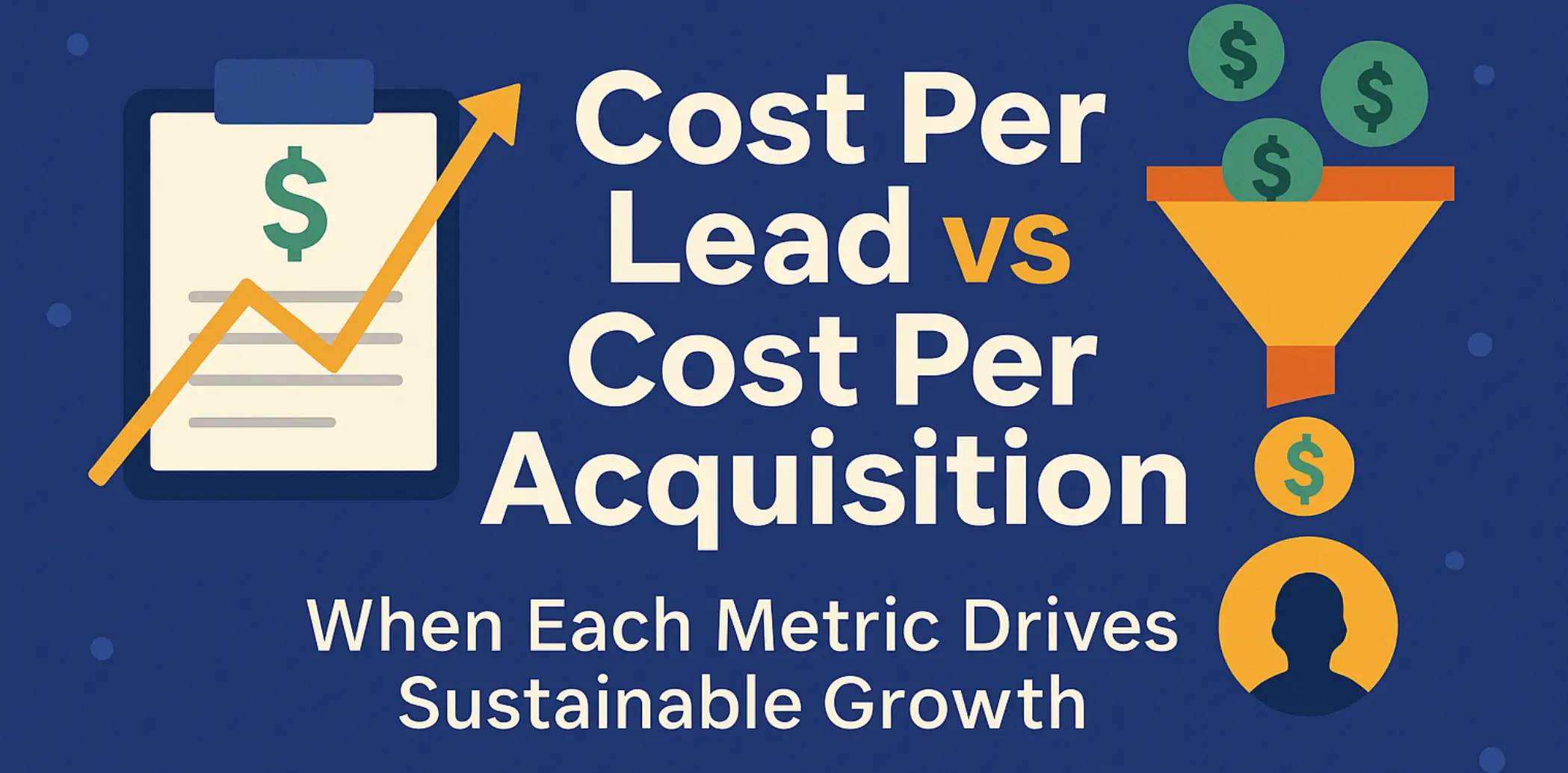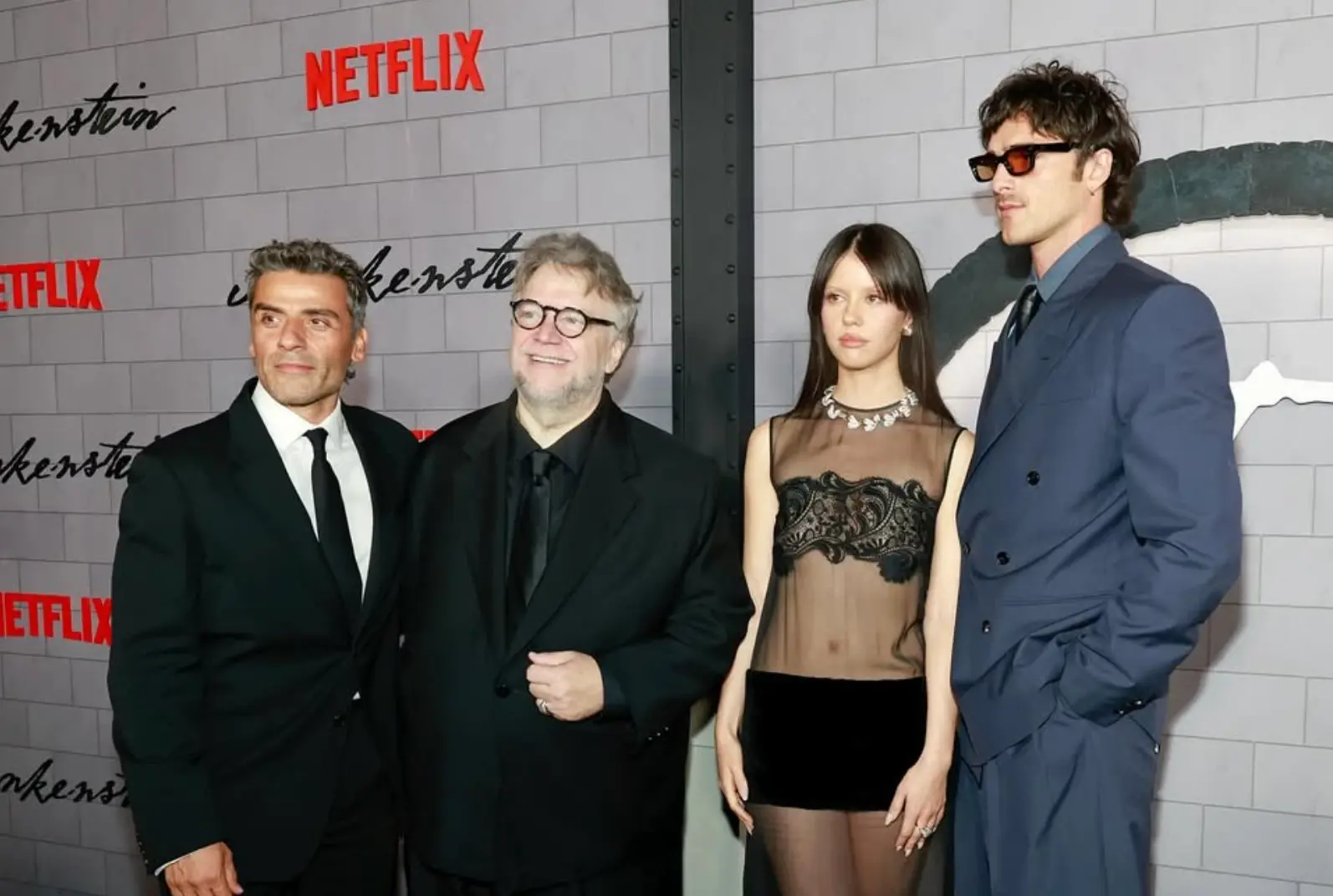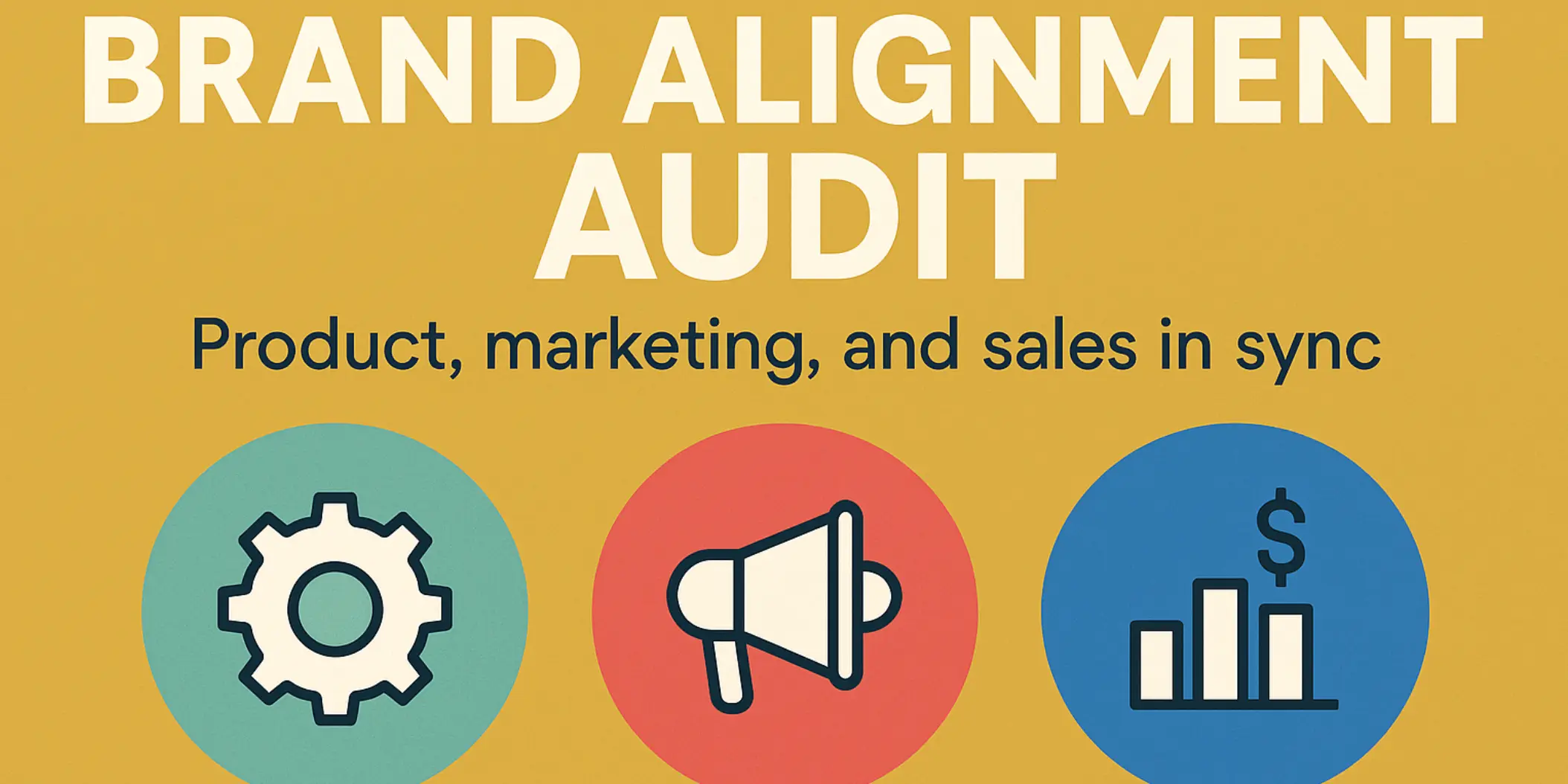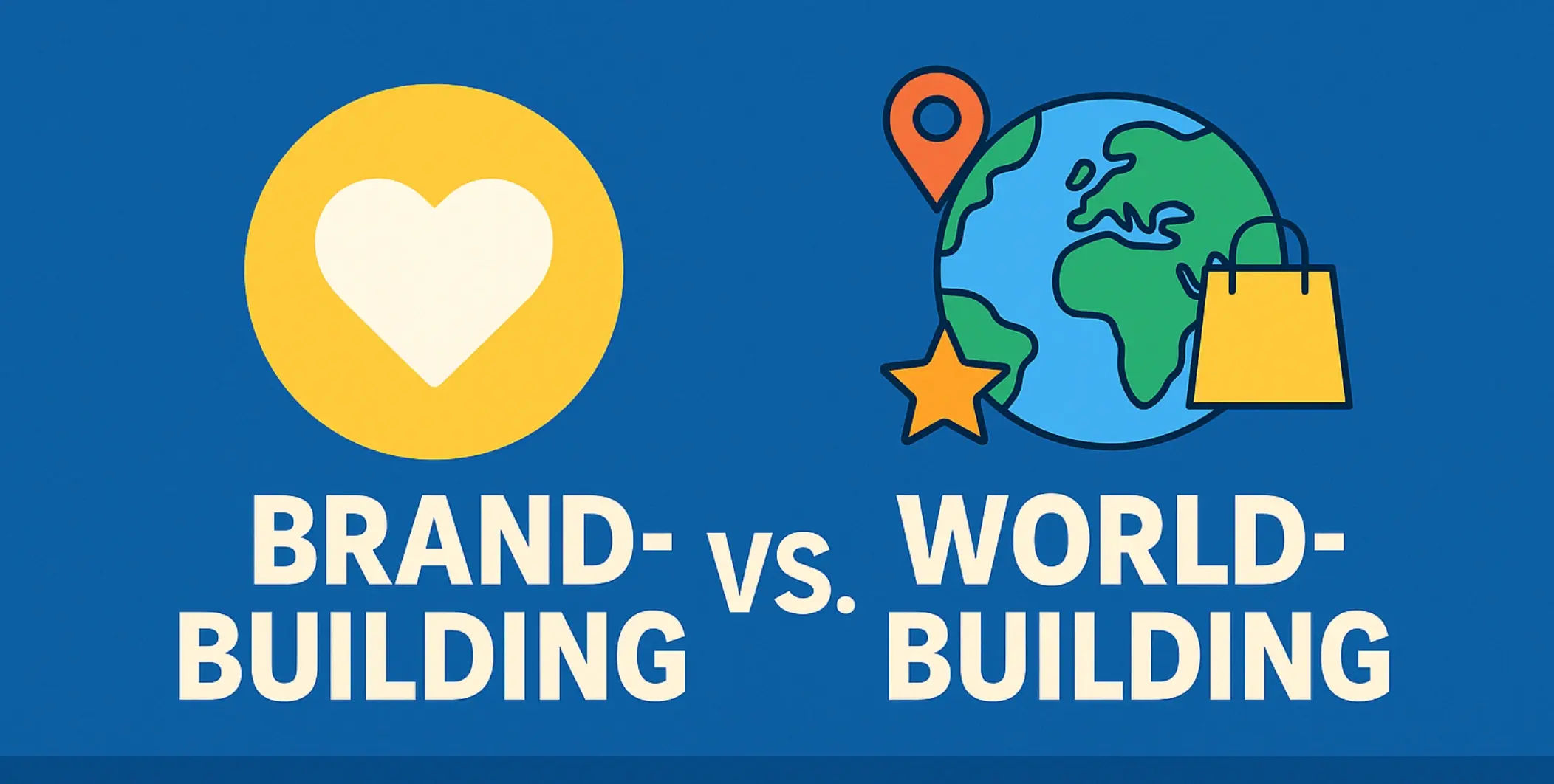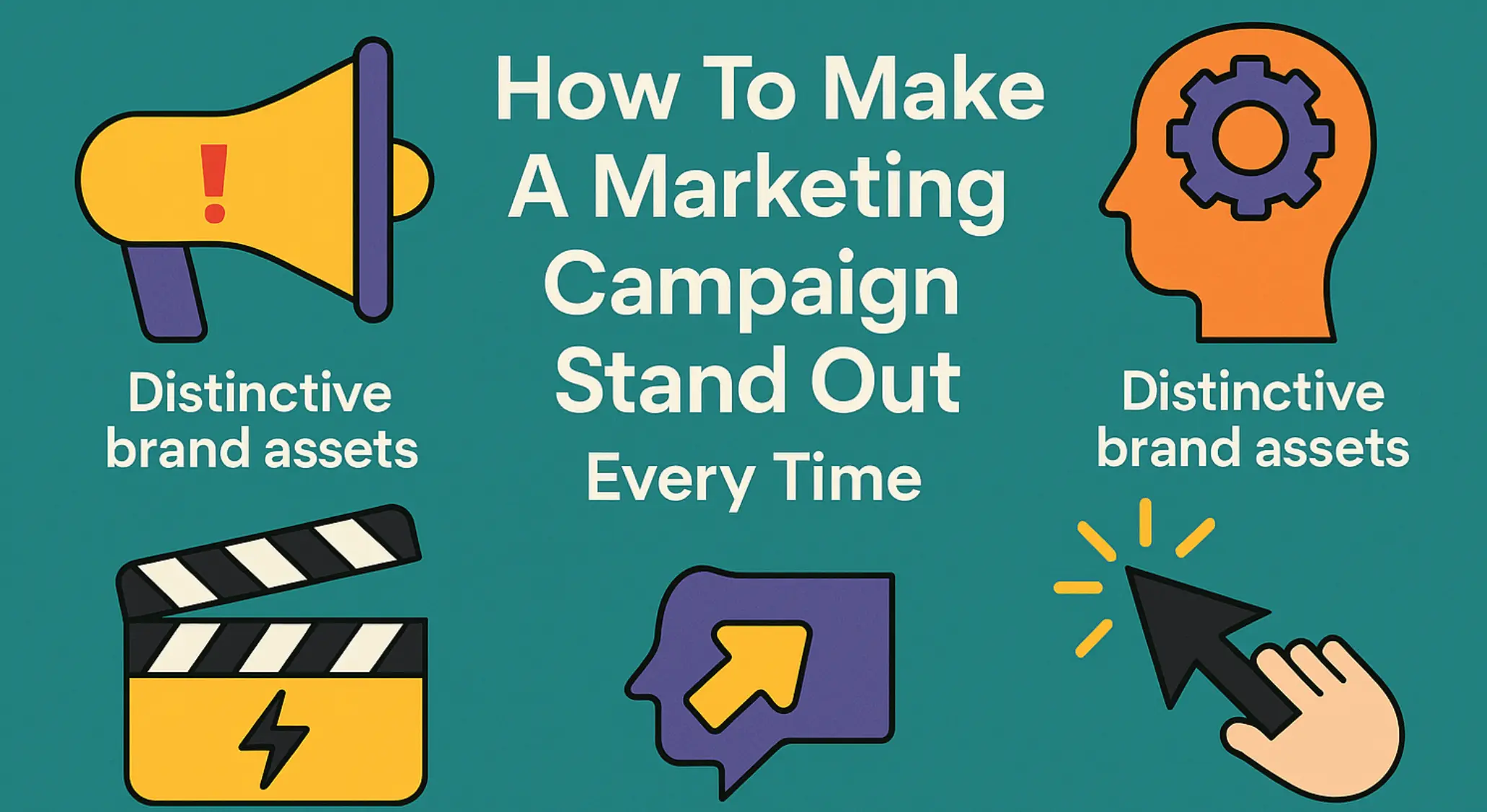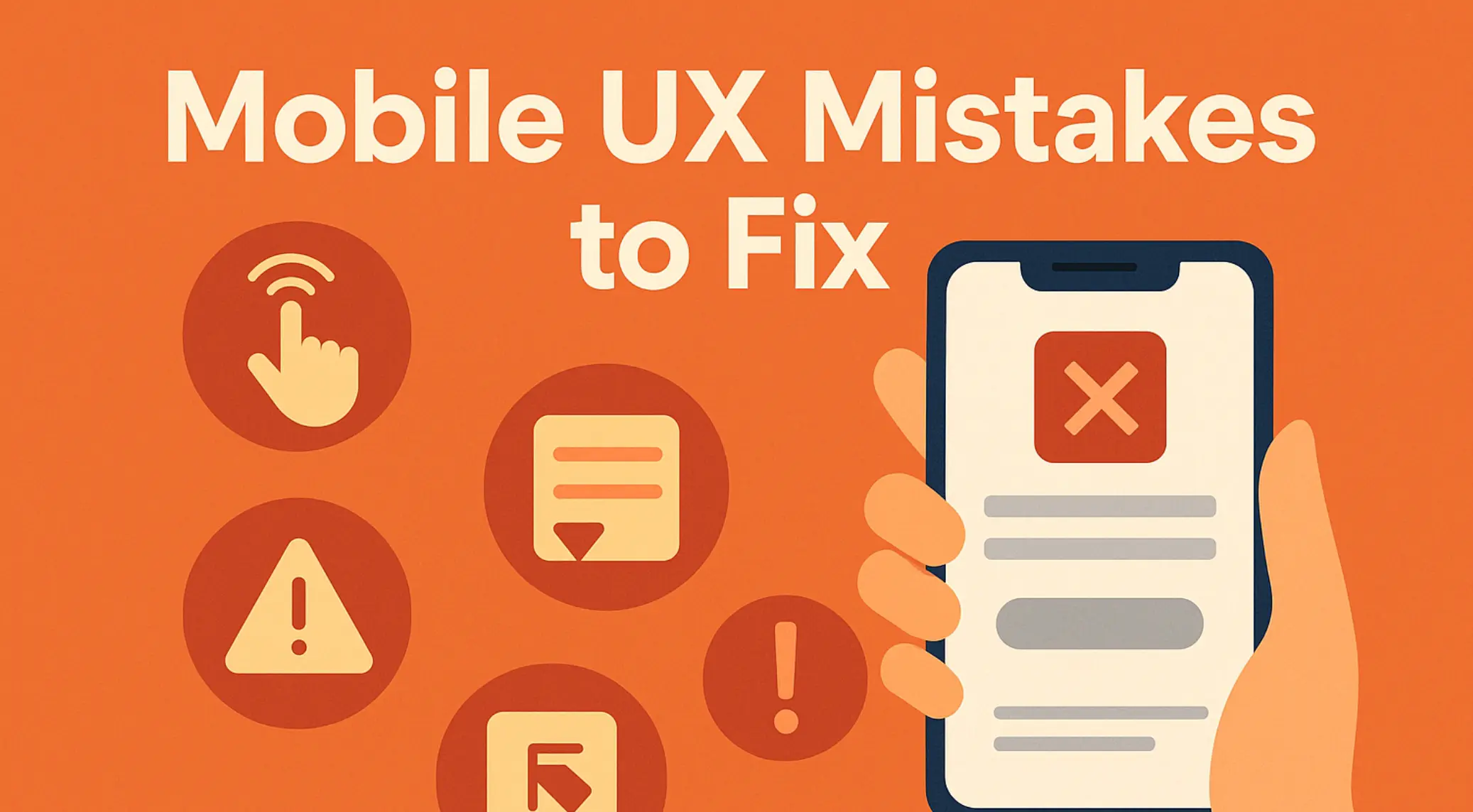Meta’s 2025 Facebook Comeback: The Emotional Campaign Aiming at Gen Z
Updated on
Published on

Meta is rebooting how it talks about Facebook, swapping feature reels for feeling. After a four-year brand-advertising pause, the company launched “A Little Connection Goes a Long Way,” a Droga5 platform campaign whose first film, “Home for the Holidays,” follows friends reuniting on Thanksgiving Eve because one message sets plans in motion. Miles Jay of Smuggler directs; the soundtrack is the Dylan–Cash duet “Girl from the North Country.”
The 60-second cut is airing on live college football and NBC’s Wicked special and is also running across Peacock, Disney+, Netflix, Prime, TikTok, Snapchat, Pinterest, Reddit, and podcasts (Adweek). A separate recap underscores the same thesis and youth focus, tying the holiday timing and channel mix to a broader effort to win back millennials and Gen Z.
At a glance
- First major Facebook brand push since 2021, built around reunion stories and outcome-first storytelling (Adweek).
- Media spans live TV, big streamers, podcasts, and youth-heavy social apps to meet Gen Z where they already spend time.
- Context: US teen Facebook usage is 32% in 2024, down from 71% in 2014, framing the urgency of a youth-oriented reset (Pew Research Center).
- Utility angle: Marketplace habit is strong; 23% of 18–34s browse daily, a stat cited alongside the campaign’s IRL focus (ContentGrip).
The emotional reset: outcomes first, product second
The creative shows what Facebook enables in real life rather than listing features: a last-minute plan, an RSVP that sticks, a group that becomes a hang. “Home for the Holidays” keeps UI touches in frame but lets the moment take the spotlight, closing on a simple promise instead of a product lecture. Tone is present-tense and light on nostalgia to make Facebook for Gen Z feel current instead of retro (Adweek).
- Open on a human stake, then add the smallest product breadcrumb.
- End on a screenshot-ready payoff: RSVP confirmed, table booked, team assembled.
Creator-framed, everyday-cast stories
Creators extend reach and lend tone, while on-screen heroes are regular people. That split keeps the campaign culturally fluent without turning it into an influencer show. This series approach goes beyond the hero film, enabling fresh voices and scenarios to cycle in while holding the same narrative spine.
- Give creators a “narrate and nudge” role, then hand the camera to everyday cast.
- Cut 6–10s platform edits that land on one clear action, not a feature list.
.webp)
Music as a memory bridge, not nostalgia bait
Choosing the Dylan–Cash duet gives the film emotional weight without feeling like a throwback montage. The track functions as a connective tissue for intercut moments and makes the ad feel cinematic on TV and streaming, which matters because large-screen placements are a core part of the buy (Adweek).
- Use the song as the brand’s emotional spine, not a lyrical briefing.
- Carry a short sonic sting into cutdowns so recognition survives on mobile.
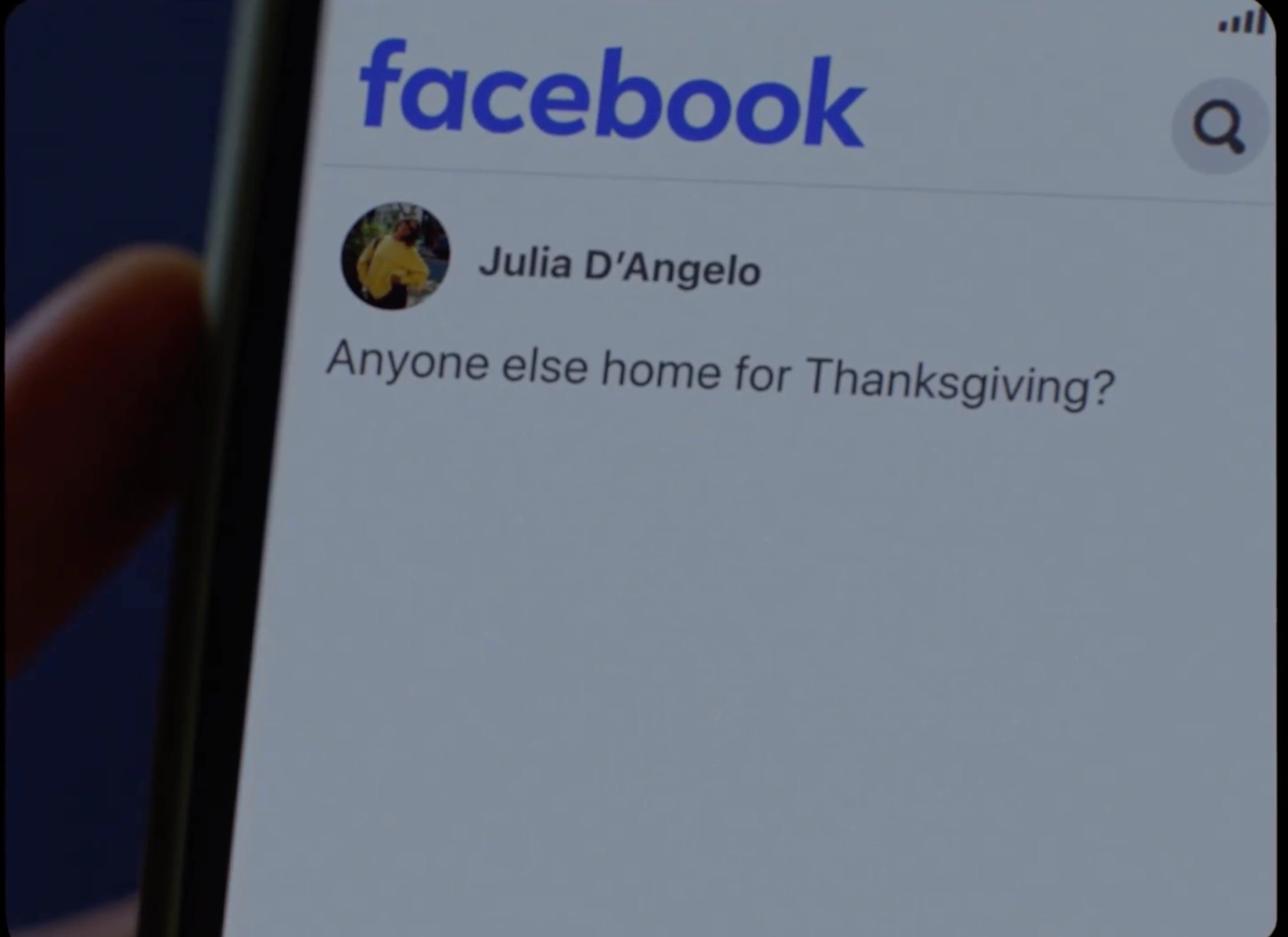
Make Facebook feel lighter for young adults
Perception is half the battle. The edit compresses effort with fast cuts and plain on-screen prompts so posting, joining, or RSVP’ing reads as low-friction. Pair that with placements where young adults already are: sports broadcasts, prime holiday programming, major streamers, and short-form social feeds.
- Use micro-timers and tap-to-outcome jumps to signal “this takes seconds.”
- Keep copy present-tense and jargon-free to avoid “back-in-the-day” vibes.
.webp)
Groups, Events, Marketplace: the IRL triangle
The story quietly stitches Facebook’s most practical loop into a single breath: find your people, plan the thing, grab what you need. That Group → Event → Marketplace sequence reframes Facebook as a coordination engine rather than “just another feed,” and aligns with data that Marketplace is a daily habit for a meaningful slice of 18–34s (ContentGrip).
- Flow the three surfaces in one scene so the loop is obvious without VO.
- Add a subtle day-of reminder animation to imply reliability.

Media architecture: why the channels fit the story
Live college football and NBC’s Wicked special deliver shared viewing at scale; streamers add on-demand reach; TikTok, Snapchat, Pinterest, and Reddit supply short-form frequency in Gen Z’s native modes. The campaign’s breadth is deliberate: a high-reach TV moment plants the story, then short-form and podcasts keep it close to daily life.
- Match edit lengths to context: 60 on TV/streamers, 15/6 for social.
- Sync copy and captions across channels so the same line travels intact.
Timing logic: landing in the holiday spike
Launching around Thanksgiving packages the campaign with organic social behavior. People plan reunions, trade schedules, and check local events; the ad shows that exact loop and benefits from higher platform usage during the season.
- Treat the holiday as a narrative device, not only a flight window.
- Keep week-of reminders and “tonight” cutdowns ready for last-minute plans.

Audience reality: the Gen Z gap and how to close it
Facebook’s teen usage slide from 71% to 32% over a decade sets the brief: rebuild cultural relevance and utility perception with younger users. That is why the story centers on close-friend coordination, where Facebook’s infra still has an advantage, and why Marketplace’s daily use stat among 18–34s matters as a proof point (Pew Research Center) (ContentGrip).
- Prioritize close-tie use cases where outcomes are immediate and visible.
- Measure habit-forming signals, not just ad recall.
Safety and control: show it, do not preach it
Younger users want control without friction. Brief UI beats show “who can see this” and RSVP controls in motion, then the edit returns to human moments. Safety becomes a felt part of the flow rather than a lecture, which keeps the emotional arc intact while addressing a core adoption barrier.
- Three-beat safety cue: post → audience picker → done.
- Subtitle a calm line like “You choose who sees this,” then move on.
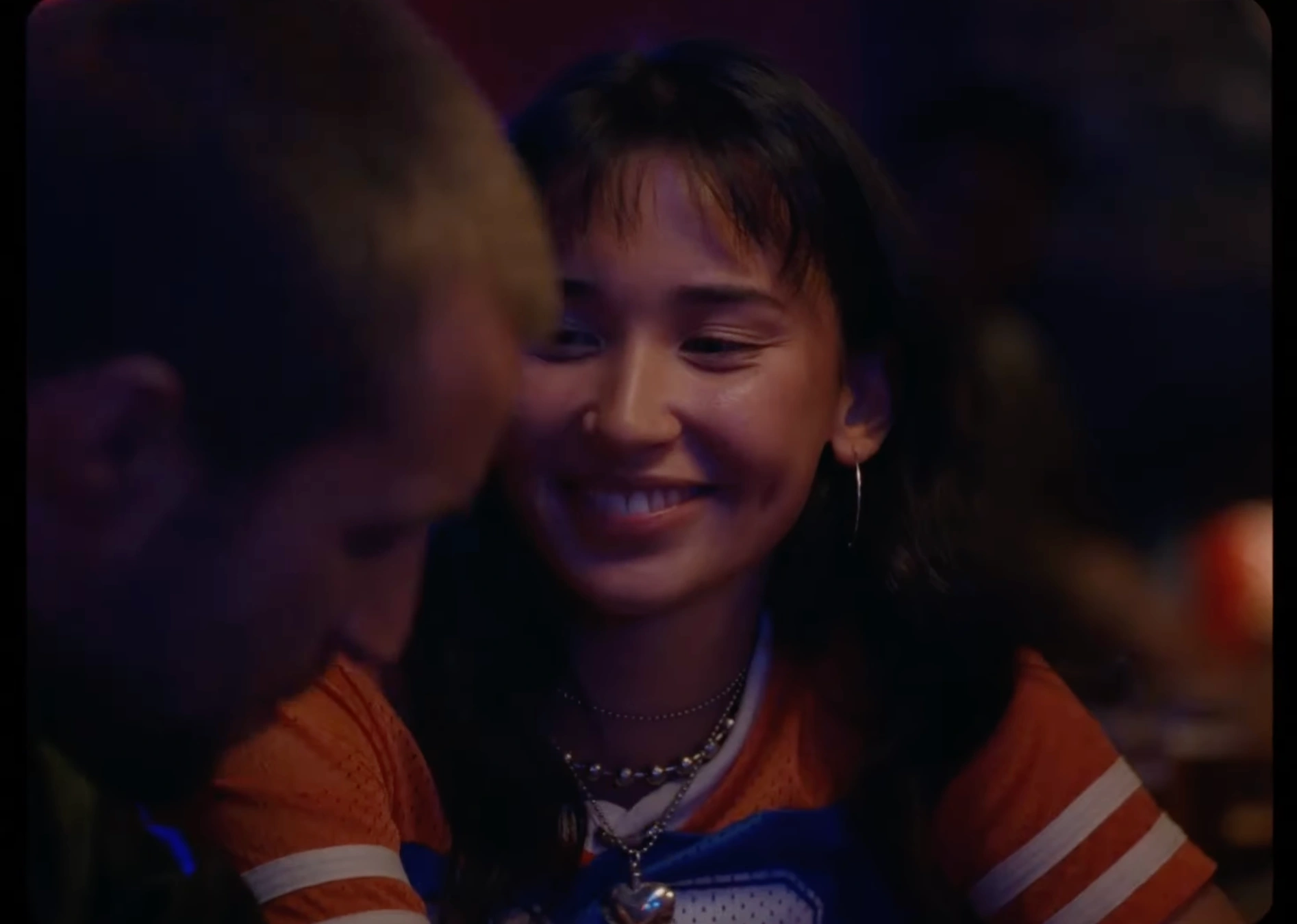
Measurement plan: prove usefulness, not just views
If the strategy is usefulness, measure useful outcomes. Success looks like RSVPs created, Group joins after ad exposures, Marketplace messages, and shorter “post-to-meetup” intervals. Those numbers then return to creative as quick on-screen supers, closing the loop between feeling and function.
- Add “2,143 RSVPs last week”-style counters to cutdowns.
- Report “time from post to plan” as a headline KPI alongside view-through.
FAQ
What is the campaign and who made it?
“A Little Connection Goes a Long Way,” developed by Droga5. The debut film “Home for the Holidays” is directed by Miles Jay of Smuggler.
Where is the ad running?
Live college football and NBC’s Wicked special, plus Peacock, Disney+, Netflix, Prime, TikTok, Snapchat, Pinterest, Reddit, and podcasts.
Why target Gen Z and young adults now?
Teen usage has fallen to 32% from 71% in 2014, so Meta is rebuilding emotional relevance with outcome-led stories and a broad channel mix.
Is this a one-off holiday commercial?
No. It is the first in a series of films and partnerships aimed at rekindling Facebook’s cultural relevance with younger audiences.
What supports the utility angle in the creative?
Marketplace remains a daily habit for 23% of 18–34s, which complements the “useful in real life” framing.
The moment closeness scales
Meta is not pitching “new Facebook.” It is re-stating a simple promise for a new cohort: small posts that turn into big nights with people you know. With a Droga5 film designed to feel, placements where young adults already watch, and a quiet emphasis on Groups, Events, and Marketplace, the Facebook revival ad in 2025 positions Facebook for Gen Z as a light way to make real life happen again

